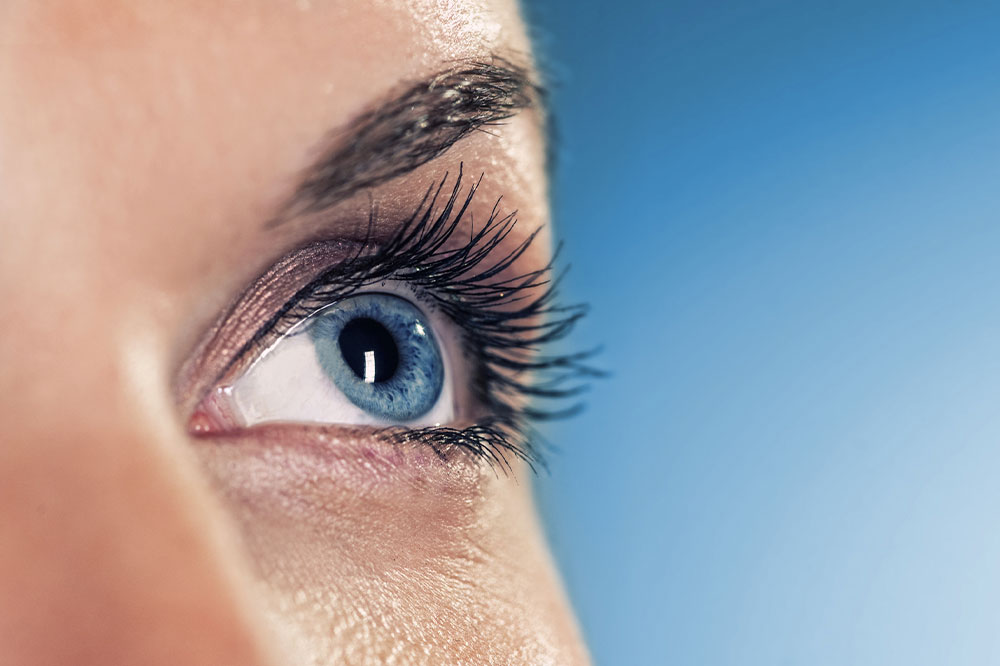4 signs of poor eye health due to high sugar

High blood sugar can lead to several diabetic eye diseases, such as glaucoma, diabetic retinopathy, cataracts, and diabetic macular edema. Several signs of poor eye health usually precede these conditions. If not treated on time, these can lead to permanent eye damage, including blindness. Thus, it is recommended to undergo eye exams regularly when a person has high blood sugar, but before that, here are some warning signs to be aware of.
Poor eye health signs to look out for
Blurry vision
One of the most common signs of poor eye health due to high sugar levels is blurry vision. If the level of sugar in the blood exceeds a certain limit, it can cause the eye lenses to swell. This affects the vision, making things appear blurry and unclear. Many people often mistake this sign for a change in the power of their prescription glasses. However, if someone has high blood sugar, it is best to get the sugar levels checked and consult a doctor.
Experiencing a glare in vision
High sugar levels can make the lens of the eyes cloudy. The internal lens of the eyes work similarly to a camera. So whenever the lens gets cloudy, the eyes cannot focus on objects and cannot see properly. This causes a person to experience glares in their vision. The sign usually indicates the formation of cataracts in the eyes.
Seeing floaters
Floaters are translucent or white spots that seem to appear in front of the eye or in the peripheral vision. These are like visual blockers that disappear to appear again after a while. These may be triggered by bright lights or just appear out of nowhere. These signs are usually experienced due to damage in the blood vessels of the retina. For those with high sugar, floaters usually indicate diabetic retinopathy or diabetic macular edema.
Faded and washed-out appearance of colors
High blood sugar affects the ability of a person to see colors. This happens because the high sugar level affects the blood vessels in the retina, which is responsible for helping us identify colors around us. This is why colors appear faded or washed out when the sugar levels exceed a certain limit. It makes it difficult to distinguish similar shades of the same color. Typically, a person’s ability to discern blue and yellow colors is affected.